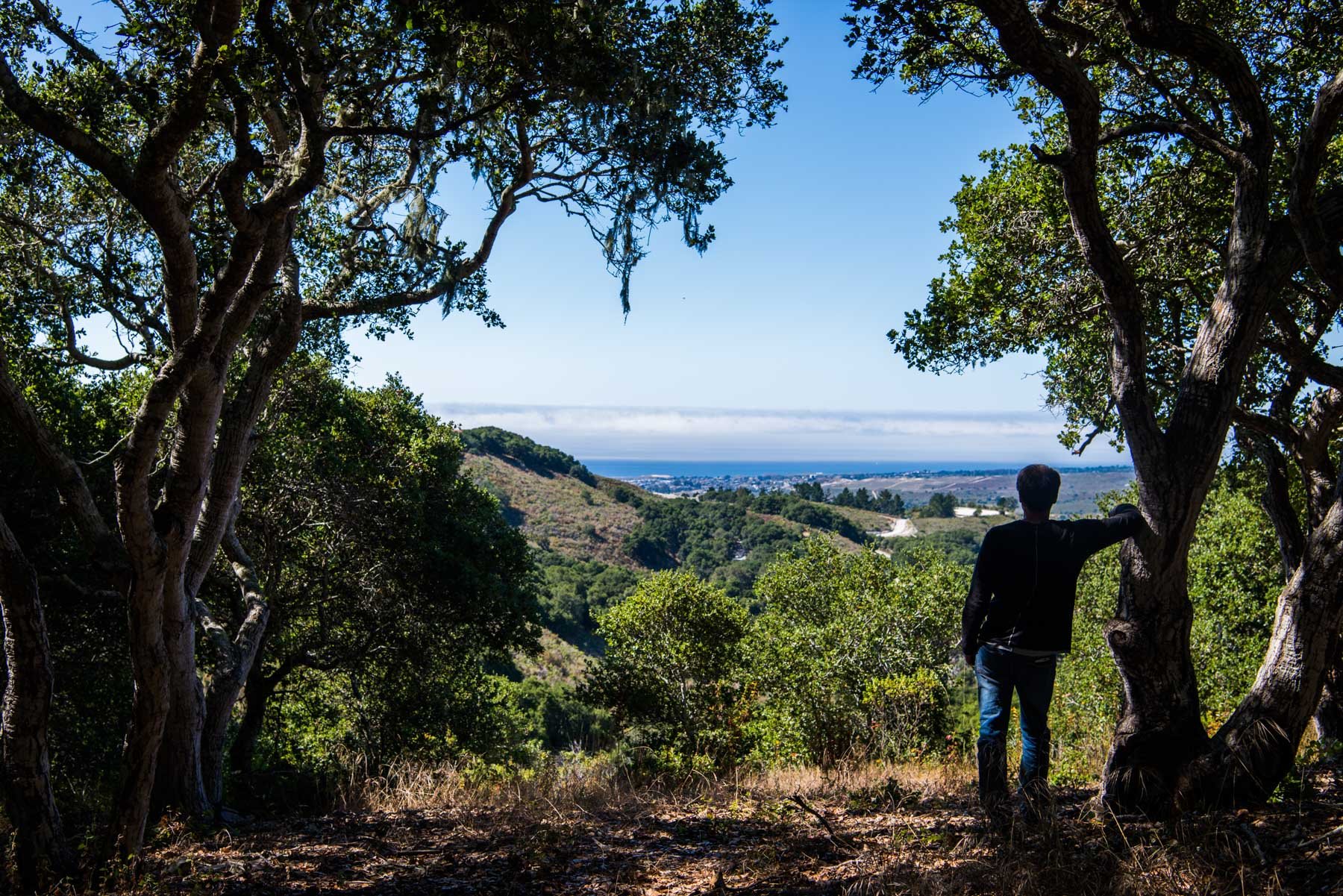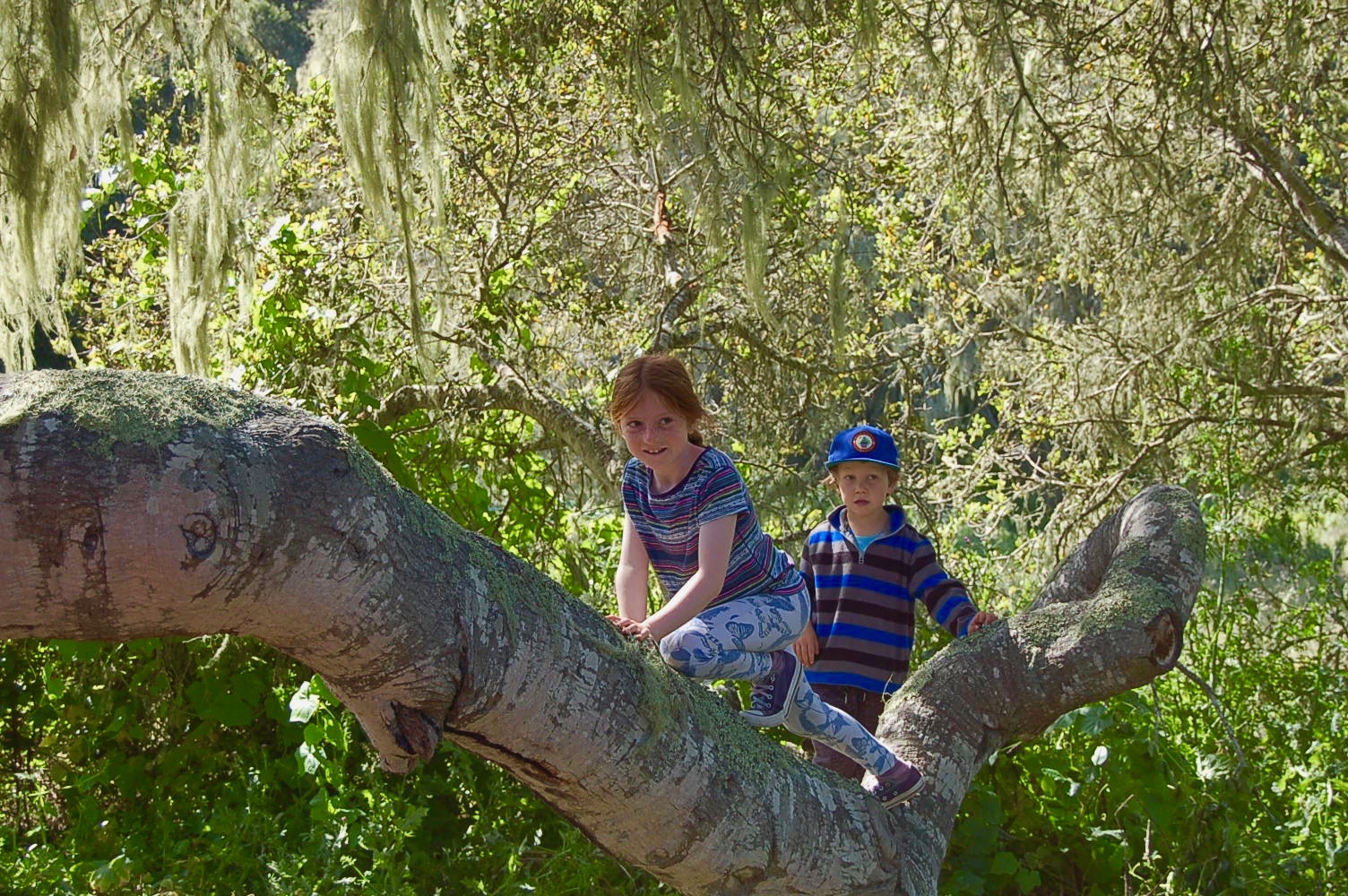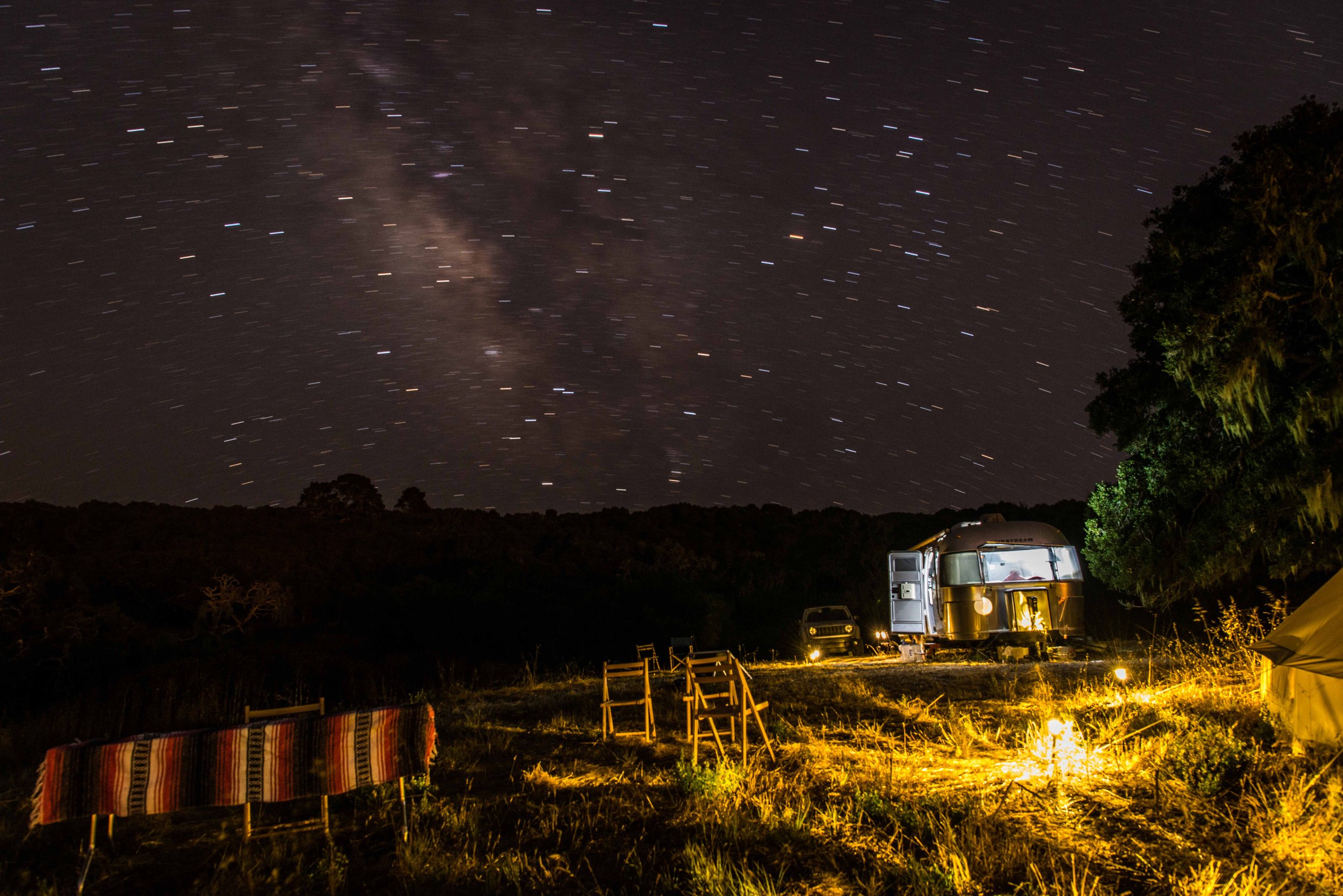“Where is Work” Gathering Summary
May 13th, 2022
What We Knew
MORE PEOPLE ARE DEMANDING REMOTE WORK
PEOPLE ARE UTILIZING THAT TIME TO BE IN NATURE
WORKING FROM HOME IS INCREASING PRODUCTIVITY
LAND CONSERVATION IS TRENDING
Understanding our Past, Uncovers our Possibilities
Work has been a daily routine for countless generations. However, whether it's marching to work in a field, a factory or an office, it seems as though it is now time to question where we are heading.
As many of us spend more time at work than ever before, we have become accustomed to the idea that we see our bosses and colleagues more than we do our families, while spending more time in front of a screen rather than nature.
The office has become inseparable from our daily lives, before we can uncover "Where is Work", it's important for us to uncover where the office came from.
Its history illustrates not only how our work has changed but also how work’s physical spaces respond to cultural, technological and social forces.
Ancient Rome
The Romans left us more than just roads, concrete, aqueducts, newspapers, sewers, and sanitation. Order and organization were essential to maintaining such a vast empire, which they sought to achieve in their very own centralized business districts.
After all, the word we use today come from the Latin word ‘officium’.
The 18th Century
As the British bureaucracy sought to oversee, from afar, the complexities of long-distance trading to India and Asia during the 18th century, office buildings began to appear again in Britain after the fall of Rome.
"You don’t know how wearisome it is to breathe the air of four pent walls without relief day after day", writes Charles Lamb, in his memoir.
20th Century
The land supply began to diminish as steel became more dependable, resulting in skyscrapers. Skyscrapers allowed more workers to congregate in less space, while management could monitor productivity through the use of Frank Loyd Wright's open concept.
Fluorescent lighting and air conditioning distanced the workforce from Nature more than ever.
1980’s
Modular walls became cheap and effective in the 1980s, resulting in a sea of cubicles blooming throughout offices worldwide. The proliferation of middle managers only encouraged the use of cubicles, as the value of an average worker was reduced to a commodity and necessity; not quite important enough for their own office, let alone window, but provided with a "personal space" composed of three half walls
“Human beings were not meant to sit in little cubicles staring at computer screens all day, filling out useless forms, and listening to eight different bosses drone on about mission statements” - Office Space
Pre-Pandemic
Increasing technological advancements enabled work to become mobile. No need to connect cables or be tied down with laptops, mobile phones, and WiFi. Workers could interact and collaborate more freely in an open plan office, breaking out of the isolation of cubicles. A rise in the number of freelancers, and the unrestrictive ethos of startups has increased demands for flexible work arrangements and collaborative workspace.
Organizations have sought to give employees everything they need, from dry-cleaning to kegerators, to keep the masses at work.
Why Gather?
How will we re-define work?
These challenges aren't insurmountable.
THE WALDEN GATHERING Searched to answer questions:
“How is the office defined?”
“Productivity Vs. Purpose”
“Sacrifice Vs. Selfcare”
“Can communities be solely virtual?”
“Where do you excel?”
Working Together
A Sustainable World, Created Through Collaboration
Creating a world that values purpose, productivity and preference isn't something that can happen overnight. It will require not only hard work and perseverance, but also a deeply rooted collaboration with organizations who value the possibility of a better tomorrow over the profits of today.
“it is a serious thing // just to be alive / on this fresh morning / in this broken world”
Gathering Discussions
setting the tone through INTRODUCTIONS
We started the day with a rigorous networking hike around the Walden property. A steady uphill climb among the leafy coastal oaks, let us breathe and introduce ourselves in a relaxed style as a group of individuals from diverse backgrounds and fields joined the discussions.
“Where I would work if I could work from anywhere?”









“I cannot remember the books I’ve read any more than the meals I have eaten; even so, they have me me.”
“We use a design-thinking format around the table, walking discussions on nature trails, and guided meditation to inspire the group to solve big problems. Instead of the hyper-intense networking of your typical conference, participants spend the entire day outside with a carefully curated small and diverse group of people.”
After the Gathering intro, members presented current issues, focused on:
History
Nature
Self
Desire
During these discussions, participants break up into groups to increase contributions and engagement. Topics are addressed, opinions are shared and summaries are presented to all.
Common Threads in Shared Stories
I’m excited to see what you are going to do.
Community is the key to reboot life.
Plants are calling us and people are starting to listen.
People fall in love with their ideas, but they have to let the fail, too.
The land wants us here, having sex under the stars, climbing trees, eating mushrooms, and connecting people with ideas.
Play is the antidote to fear
Inhale - Curiosity / Exhale - History
Bike like a kid on Christmas day - Explore
Sustainable homes / shelters for those in need
Recognize your neighbors
New tools track, ancient practices prevail
Smack / Aware
Key Themes
Nature As A Catalyst
Key Takeaways from Discussions
Elders & Youth are Becoming Disconnected
Community needs to value nature to raise kids to be adults.
Nature removes fear.
Rites of passage happen in nature.
Plants are calling us and people are starting to listen.
Plants are the great cross pollinators.
Plants are magical teachers.
Getting Back to Nature and Ourselves
All over the world, the amount of time that people spend outdoors has been declining. From studies of park visitations, fishing license sales, campground attendance and other historical records, we find that humanity’s interest in outdoor recreation peaked in the 1980s and early 1990s, and has been steadily dropping ever since. Put simply, a massive retreat of Homo sapiens from the natural world is underway, even as our growing global demand for land and natural resources is straining the Earth’s climate and environment.
The underlying reasons for this trend are debated, and likely still evolving. Numerous studies point to our growing preoccupation with indoor entertainment, beginning first with television and videos, then progressing to internet browsing, social media and online gaming. These technologies of course offer countless benefits for entertainment, education and social interaction, but they come at a cost to our personal well-being.
More than a decade ago, the bestselling book Last Child in the Woods, by Richard Louv chronicled a growing body of scientific evidence that spending time outdoors is critically important to the developmental health of children. Citing many scientific studies, Louv traced declining outdoor activities to a dizzying array of psychiatric disorders, obesity and other maladies, and coined the term "nature deficit disorder" to collectively describe them. His follow-up book, The Nature Principle, found that nature-deficit disorder also affects adults.
A dip into this science is quite interesting. One University of Michigan study that sent adult study subjects for a 50-minute walk through an Ann Arbor park found that it measurably restored their cognitive skills, whereas a walk through the city’s busy downtown degraded it. These improvements in brain function were observed regardless of a person’s mood, weather conditions or other external factors. Importantly, peacefulness alone (such as sitting in a quiet room) could not reproduce the observed cognition benefit. There is something about the kind of moderately interesting stimuli found in nature—even those in a simple city park—that is restorative for our brains.
“What I see in Nature is a grand design we can understand only imperfectly, one with which a responsible person must look at with humility.”
”Workplace”
Key Takeaways from Discussions
Travel Time, Commuting
Personal Workspace
Home, Co-working & Social Opportunities, Community
How Often is Face to Face Work Necessary?
Daily, Weekly, Monthly, Never
Education
Internship, Mentorship, Apprenticeship, Fellowship, Leadership
Retirement
Living situations, Co-living, Community
Nomad Life
A Solution for some - An experience for all
How to Build Community?
Contribution, Service, Stability, Leadership
Defining Today’s Workplace
What does "workplace" mean to us today in the context of a technology-rich world where we can be "on the job" from anywhere and at any time?
Is the workplace even a place these days?
The notion of a "working place" is no longer limited to a single, static location (like an office).
In reality, "workplaces" today are a hybrid of physical and virtual spaces that are dynamic, fluid, and continuously changing. New workplaces require evolved mental models and skillsets to not only succeed, but to acquire the lifestyle each of us set out to create.
The workplace experience of others impacts one's own experience - and is impacted by others' experiences. Companies today find themselves managing teams of local employees, distributed across various time zones and locations.
Every day and week, changes occur within our own workplace as well as within managers, colleagues, direct reports, clients, and vendors. Thus, "place" has a much broader and more dynamic definition than in traditional definitions.
Leveraging technology
We can adapt our areas of work as well as our methods of working with technology.
During a typical day, employees can take part in online meetings with video, audio, instant messaging, and other contact methods such as email, text and instant messaging, social media, and online collaboration tools. Those involved will be able to use a variety of devices to conduct this process - a landline, smart phone, tablet, laptop, etc.
Using our personal devices to stay in touch becomes easier as our technology migrates to the cloud.
Mindset
Today's dynamic workplace can be enabled by technology, but employees need the right mindset and skillset too.
For employees to thrive, they must be flexible, adaptable, and collaborative. It is essential that they apply this mindset to their personal work experiences as well as to their interactions with others.
As well as having the right mindset, a number of key skills are critical to success in a virtual office. These include re-thinking time management practices, leading effective virtual meetings, creating and leading high-performing virtual teams, mastering various modes of communication (written and verbal, formal and informal), and forging relationships.
Upside of more fluid workplaces
Workplaces with a dynamic atmosphere provide many benefits, such as:
The creation of virtual teams and international collaboration; the merging of the best minds regardless of locations to tackle problems and opportunities.
Improved ability to identify and address client needs both internally and externally.
By working virtually, increasing efficiency (less travel and less infrastructure required at corporate offices).
More employees will be engaged with flexibility of working schedules and achieving work-life balance.
Challenges
On the flip side, challenges can and do arise, such as:
The wrong technologies are not used at the right time, leading to weaker communication and collaboration.
Managing remote and on-site employees may have unexpected consequences on organizational culture.
It is common for employees to feel burned out due to staying plugged in to email, voicemail, smart phones, etc. all the time (regardless of where they work).
The inability of dispersed teams/work groups to build up an effective working relationship, especially if the group has never worked together or has no previous history to fall back on
In particular, remote employees may experience feelings of isolation and disconnection, resulting in decreased engagement and performance if these are not addressed. Effectively engaging, managing, and developing remote workers is critical.
Increasingly, the notion of "workplace" will become more diverse, fluid, and personalized as more workers become partly or fully virtual.
While it may take a while to master virtual work environments, taking the walls down has the potential to unlock new possibilities for organizations and individuals alike.
Self Care
Key Takeaways from Discussions
Meditation in Motion
Finding New Relationships To Nature
Nature is Not Separate
Reverence / Responsibility
Life is for Living
Smack / Aware
Matter, Belong, Beloved
Play is the Antidote of Fear
How to Prioritize Self Care
The transition to working from home has been one of the most difficult adjustments for those of us who have been accustomed to working in office environments (who knew your last day at the office would be your last?). Since your office and home are basically the same thing now, you also need to take care of yourself by stepping away from your work space. Finding the right space to work uninterrupted is not always easy - especially if you share your space with roommates, partners, or children. Though it sounds easy, we do have some tips that can help you stay healthy and focused while working from home.
There is no longer a distinction between work and life: Work-life balance has become a much more modern concept. If possible, designate a space for your work that's not your bedroom or bed. Study after study has shown that working in the same space you sleep in can disrupt your sleep patterns, affecting your mental health, and that can be harmful. You should also try to separate your work and home activities throughout the day. There is a temptation to do the dishes between meetings, but this can contribute to burnout because it makes it harder to separate work from personal life.
Routine matters: Take a shower, meditate, and dress for the day. Take care of your mental well being with a morning routine. Developing patterns will also help you know when you need to log off, so you don't take your work to bed with you. A nighttime routine is also helpful to ensure that you not only get enough sleep, but that the sleep is of high quality. Before you go to bed, it is a good idea to turn off your phone and laptop and to read a book to let your brain know it's time to relax.
You need breaks: If you've been working from home for some time, you've probably figured out what works and what doesn't. Even if you feel fine, you can still take care of your mental health - go for a walk during lunch or work outside if the weather is nice. Take some time off from work to spend some time playing with your dog or meditating. Even when your work feels overwhelming, taking regular breaks will help you to relax and increase your productivity.
Keeping yourself well-hydrated and well-fed seems obvious, but how often do you take a break from your computer and grab a healthy snack? It has been shown that working from home actually makes us work more, so it's important that you fuel your body while you work. Eating junk food has a negative impact on your mental health, so avoid it and give your brain some space so it can make a mini-reset while you focus on something else. You may want to try taking your lunch outside.
It doesn't matter how you work from home, finding a healthy balance is key to preventing burnout - the result of compounding stress related to work that eventually results in productivity drops. If left untreated, it can even lead to depression and/or anxiety symptoms.
“Real, sustainable community change requires the initiative and engagement of community members.”
WALDEN GATHERINGS ARE NOT JUST FOCUSED ON TALKING ABOUT SOLUTIONS, BUT PUTTING SOLUTIONS INTO ACTION.
While ideas are shared throughout the day, we gather to create change.
In order to improve the world around us, we must not only speak about the issues at hand, but work towards solutions. The point of the discussions is to establish the framework for identifying and understanding the problems.
What follows, is most important.
Discussions
Embrace complexity. In tune with Nature & its complexity. Listen a lot more.
Fire is part of the cycle - Necessary for reform / re-new. To be thankful for disaster can be shocking, but liberating = Regenerative.
Nothing Happens in isolation. We are not separate. Narratives fall apart in Nature.
Less physical locations, more about being with people who lift you up.
Experimenting with new models, re-integrate, create, reform, interchange
Time in Nature is requisite for balance. New model for work must incorporate time in Nature.
Stewart brand - Environment but promotes nuclear & GMO crops as necessities. Separate virtual sightlines from rational reality.
Turning Ideas Into Solutions
Find Diverse People to Take it Forward
Be Brace & Challenge the Norms
Find the Simplest Form —> Test It —> Iterate
Emerging Ideas
Co-Working
Spontaneity | Step Away to Immense in Nature | What is Work? | What you do | To get paid? Or your Contribution
Create Ecosystems grounded in reality.
Immerge Deeply, without unnecessary interruptions | “Flow State” Objective | Occupied vs. Please Knock | Connect, Learn, Grow
Have a “Commons”
Former Churches or the like | Not Starbucks, Not Pubs, but Tea & Cacao, or Kava | Re-Create Bars, but for Purpose
Kava Platform - Social Lubricant
“Design is a formal response to a strategic question.”
Team
We aim to bring together passionate individuals, groups and organizations to gather, learn and collaborate in small groups on how best to contribute and invest their time, talent and resources to innovative solutions -- and then take them back into the world. We see everyone who joins as an equal expert at the table because we believe in the wisdom of the crowd to find solutions.



























